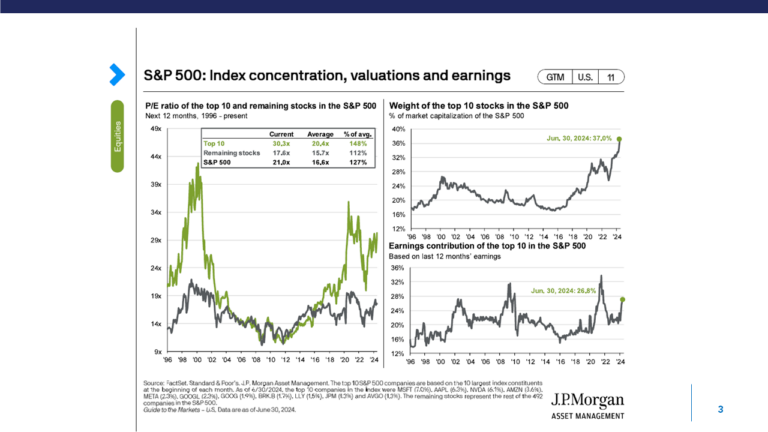In the first quarter of each year, much of America turns their attention to filing tax returns. It’s not something we relish, but necessary to comply with the tax code. So this year, while you are forced to think about taxes and perhaps have all the important documents in front of you, make a decision to also do some tax planning.
So what’s the difference between tax preparation and tax planning? That is an important distinction. Tax preparation requires us to look back upon the past year and provide an accounting to the IRS about the amount of tax we owe. While your tax preparer will use every technique to minimize this amount, the opportunities to improve your tax picture for the past year are somewhat limited.
Conversely, tax planning is forward looking to the coming tax year and beyond. It’s quite understandable that your tax preparer may not be in a forward looking frame of mind right now, given the pressures of filing so many returns by April 15th, but you may want to think through some important planning issues as the year stretches before us and is still an open book. With your strategic direction firmly in hand, you will be in a great position to collaborate with your tax professional later in the year.
Let’s begin with the most important tax question: What is my marginal tax rate?
As we know, our tax code is progressive; as our taxable income increases, so does the rate at which we are taxed. Our marginal tax rate is the percentage of tax that we pay on the very last dollar of taxable income that we receive. That is the dollar impacted by our decisions and a very helpful concept when planning. If you make a decision that reduces your taxable income, simply multiply that amount by the marginal rate to determine how much tax you saved.
Here’s a simple example: if you decide to increase your pretax 401k contribution this coming year by $1,000, you will lower your taxable income by $1,000. If you are in a 22% Federal tax bracket and a 6% NYS tax bracket, this decision will save you $280 of tax this year, in addition to increasing your retirement readiness.
During our preretirement years, the calculation is pretty straight forward as our marginal rate is the total of our Federal, state, and municipal (if any) income tax rates. However, for retirees, the calculation may have a few additional wrinkles. Our Social Security benefits have a unique way of being taxed. The higher our taxable income, the more our Social Security Benefit is included in taxable income. Likewise, Medicare will impose a surcharge on higher amounts of taxable income creating another layer of tax related expense. The tax calculation is not so simple in retirement.
At the end of the day, good tax planning leads us to arrange the timing of our taxable income and deductions to maximize total tax efficiency, and it helps to take a long term view. Deductible expenses are most valuable when taken in the years with the highest marginal rate. In some cases, deferring current income to future years, when we will have lower taxable income, may be the right strategy. However, we also can make the decision to pull future taxable income into current years if our marginal tax rate is low now. The marginal rate measurement helps us to compare tax strategies.
Starting with the macro view, this leads us to consider where we are currently within the history of our tax code and what we expect the future to look like. Our current tax brackets are historically low. The recent tax cuts will “sunset” or expire in the year 2026 (if Congress does not act to extend them) and with increasing deficits, it is reasonable to assume that rates may be higher in the future.
Then it’s time to consider your very personal and unique tax situation. Over the next few months as we approach April 15th, we will address the following questions within our regular blog postings:
- If working, should I save for retirement with pretax or ROTH contributions?
- Should I use the standard deduction or itemize my deductions?
- Can I group certain deductions together in this tax year and take advantage of itemized deductions?
- If my Adjusted Gross Income (AGI) is too high, should I consider a non-deductible IRA strategy?
- If retired, from which accounts should I take income?
- What is my optimal Social Security claiming strategy?
- Should I consider a ROTH conversion?
- Are there opportunities to maximize the tax benefit of my current charitable giving, even if I am taking the standard deduction?
- Are there certain unique life events that will occur this tax year, like the sale of a business interest or real property?
Research tells us (and our clients’ experiences support this theory), that the benefits of optimal tax efficiency compounded over a lifetime can have a huge effect on your wealth and financial security.
Winfred Jacob, CFP®
Senior Financial Advisor


